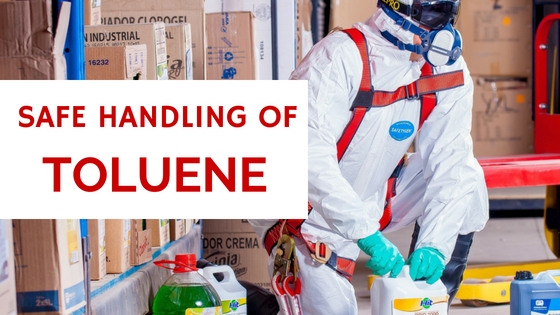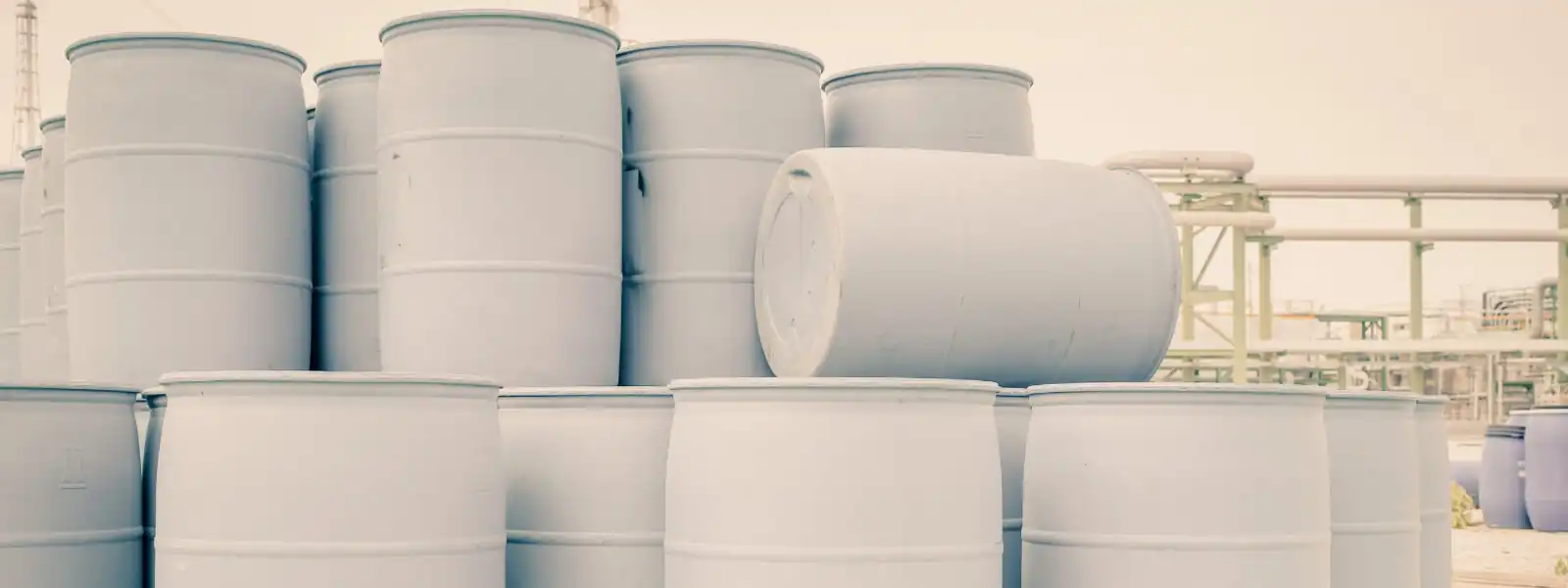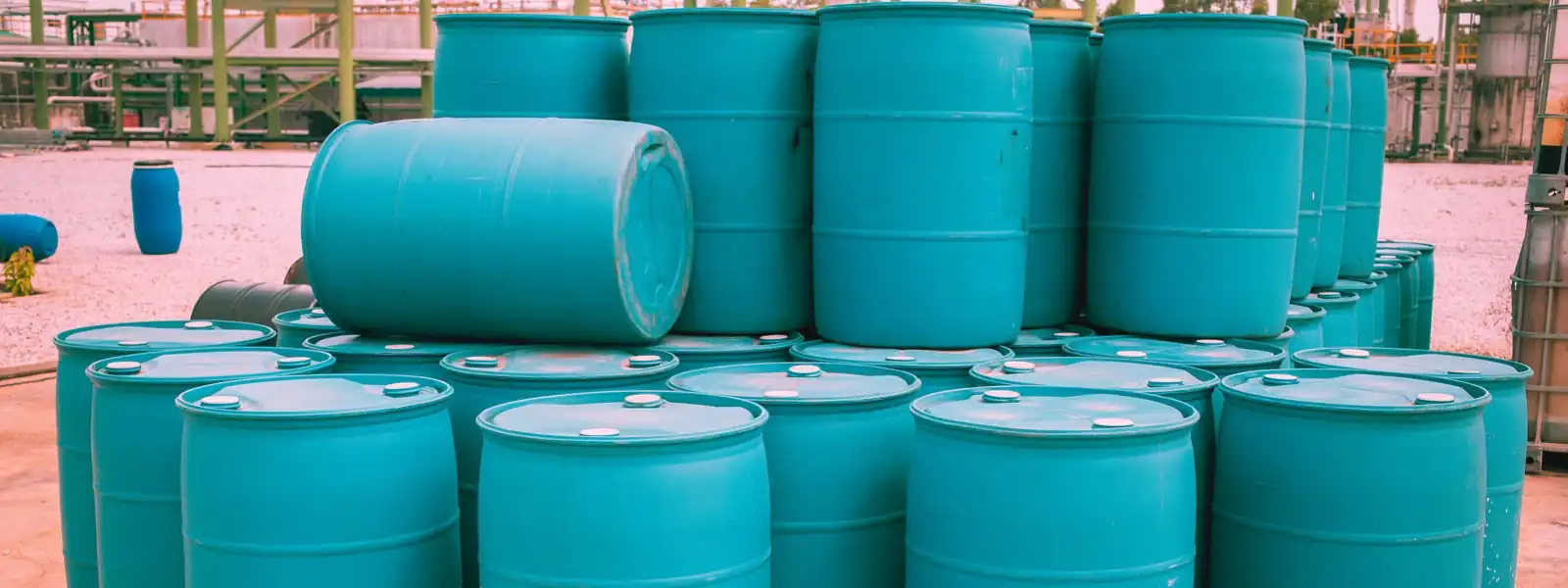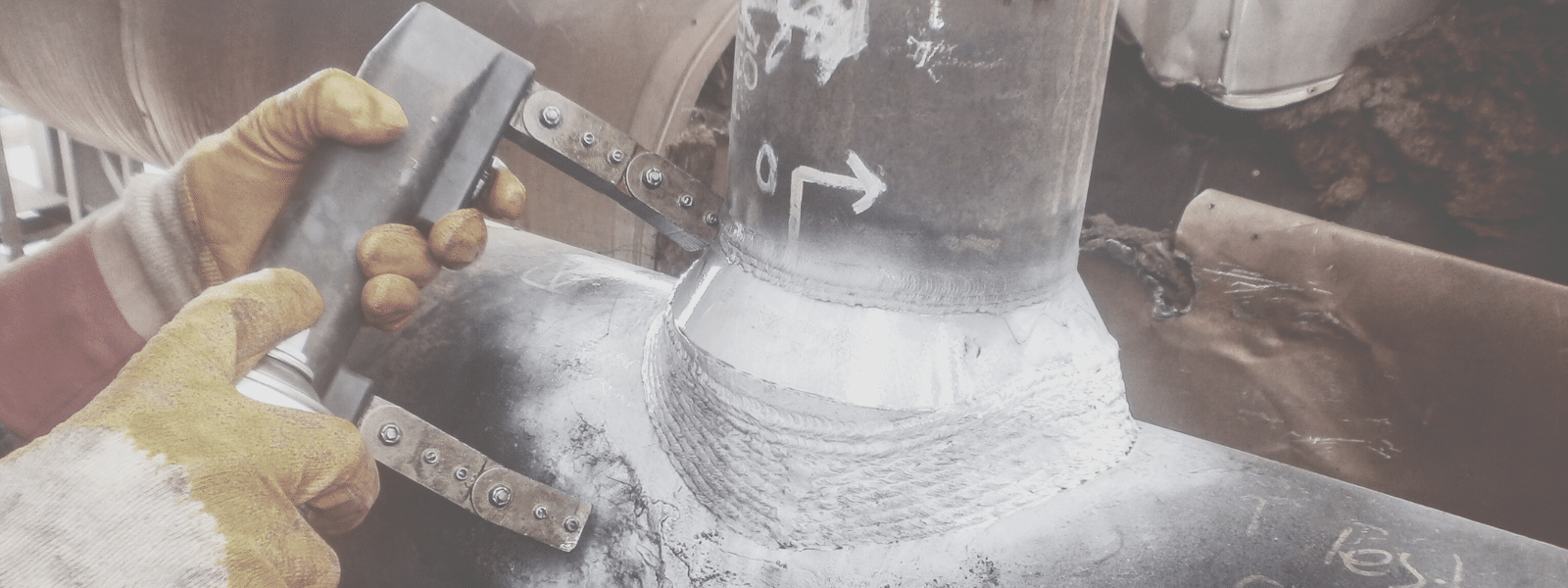[av_image src=’https://ecolink.com/wp-content/uploads/2018/08/TOLUENE-1-300×169.jpg’ attachment=’12792′ attachment_size=’medium’ align=’center’ styling=” hover=” link=” target=” caption=” font_size=” appearance=” overlay_opacity=’0.4′ overlay_color=’#000000′ overlay_text_color=’#ffffff’ copyright=” animation=’no-animation’ av_uid=’av-jkimlqw7′ admin_preview_bg=”][/av_image]
[av_textblock size=” font_color=” color=” av-medium-font-size=” av-small-font-size=” av-mini-font-size=” av_uid=’av-jkimdo7i’ admin_preview_bg=”]
What is Toluene?
Toluene is a colorless aromatic hydrocarbon. Toluene occurs naturally at low levels in crude oil and as a byproduct in gasoline production and coke production from coal. Toluene is closely related to benzene and has similar qualities. The smell of Toluene is usually associated with paint thinners due to it being a key solvent within it. Toluene has several uses including use as a:
- Industrial feedstock
- Chemical reactant
- Solvent in paint thinners
- Solvent in contact cement
- Solvent in model airplane glue, and a
- Solvent in lacquers
Toluene is also used within consumer products such as nail polish removers, glues, synthetic fragrances, and correction fluids.
What are the health and environmental impacts of toulene?
Toluene is both a skin and eye irritant. Inhalation of Toluene can cause confusion, memory loss, nausea, loss of appetite, hearing loss, and color vision loss. Toluene is also flammable in the presence of flames, but not in the presence of electrical sparks. The EPA states that there is insufficient information regarding Toluene having a carcinogenic potential. Toluene is also currently listed as a reproductive toxin.
How to Safely Handle Toluene
When handling Toluene, it is pertinent to have proper ventilation in the facility it is being handled within. An example of ideal ventilation is having spray booths within the facility to decrease the spread of toluene vapors. Another essential item while handling toluene is to wear proper gloves, either neoprene or nitrile gloves are ideal. When handling Toluene, there should be no local ignition source due to the toluene vapors being explosive.
To reduce exposure, some tips include to switch from substituting brush and roller applications for spray application. An ideal choice to reduce exposure when cleaning and degreasing is to switch over to a water-based solvent rather than continue using toluene.
Safer Alternatives to Toluene
Methyl soyate is a safer alternative to Toluene. Methyl Soyate, also known as soy methyl ester, is a soybean oil derivative that has the ability to replace Toluene in several applications. A few of these applications include:
- Adhesives
- Paint strippers
- Coatings.
Other advantages of switching to Methyl Soyate is its environmental and health impacts. Methyl soyate is both biodegradable and renewable; it is also low in VOCs. Methyl Soyate also is nontoxic and there are no known health risks on humans. To learn more about the overall benefits of Methyl Soyate, please check out our post, Benefits of Methyl Soyate.
For more information regarding safer handling of Toluene and safer alternatives for when you are ready to make the switch, please email us at info@ecolink.com, or call us at (800)563-1305.
[/av_textblock]














